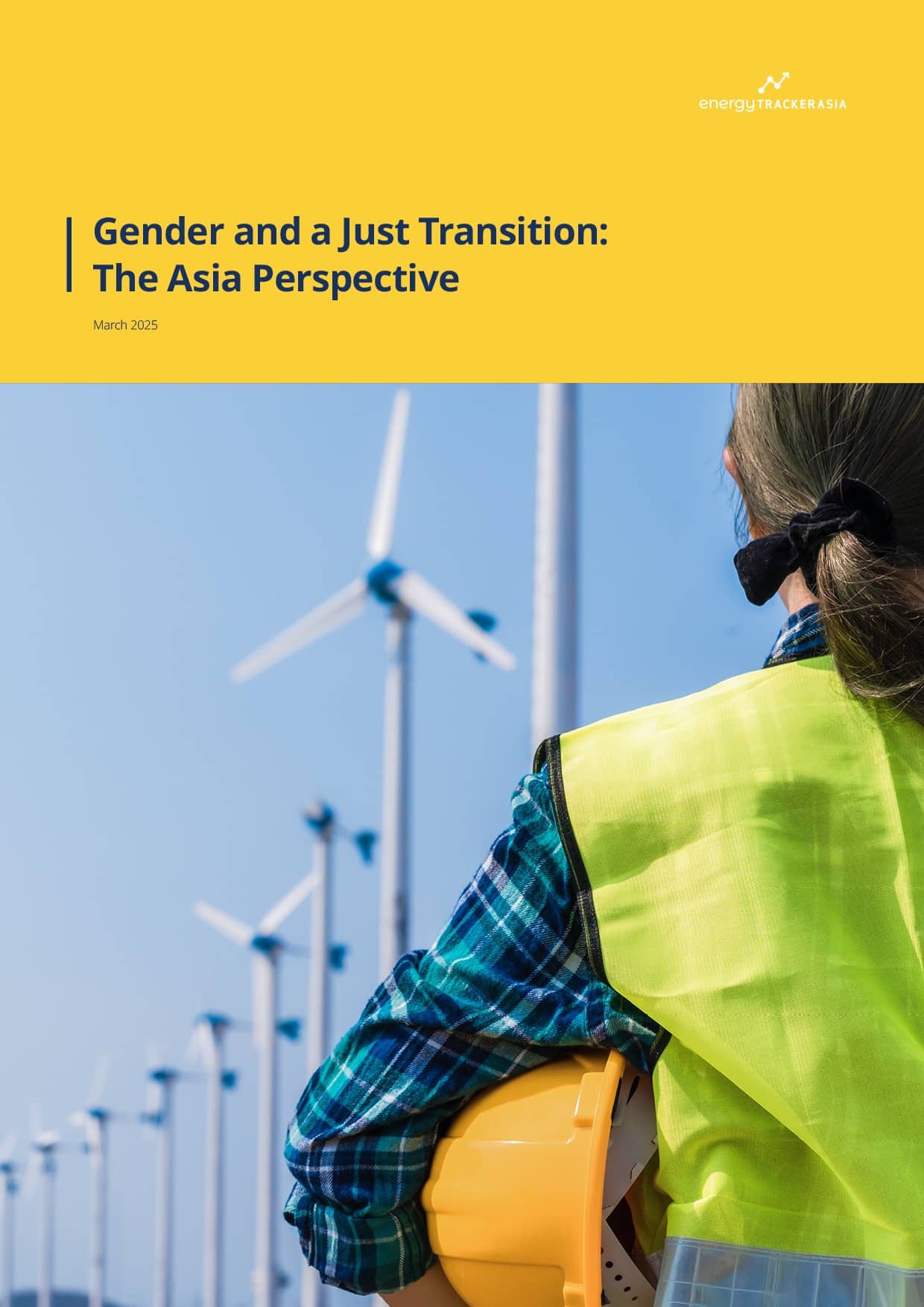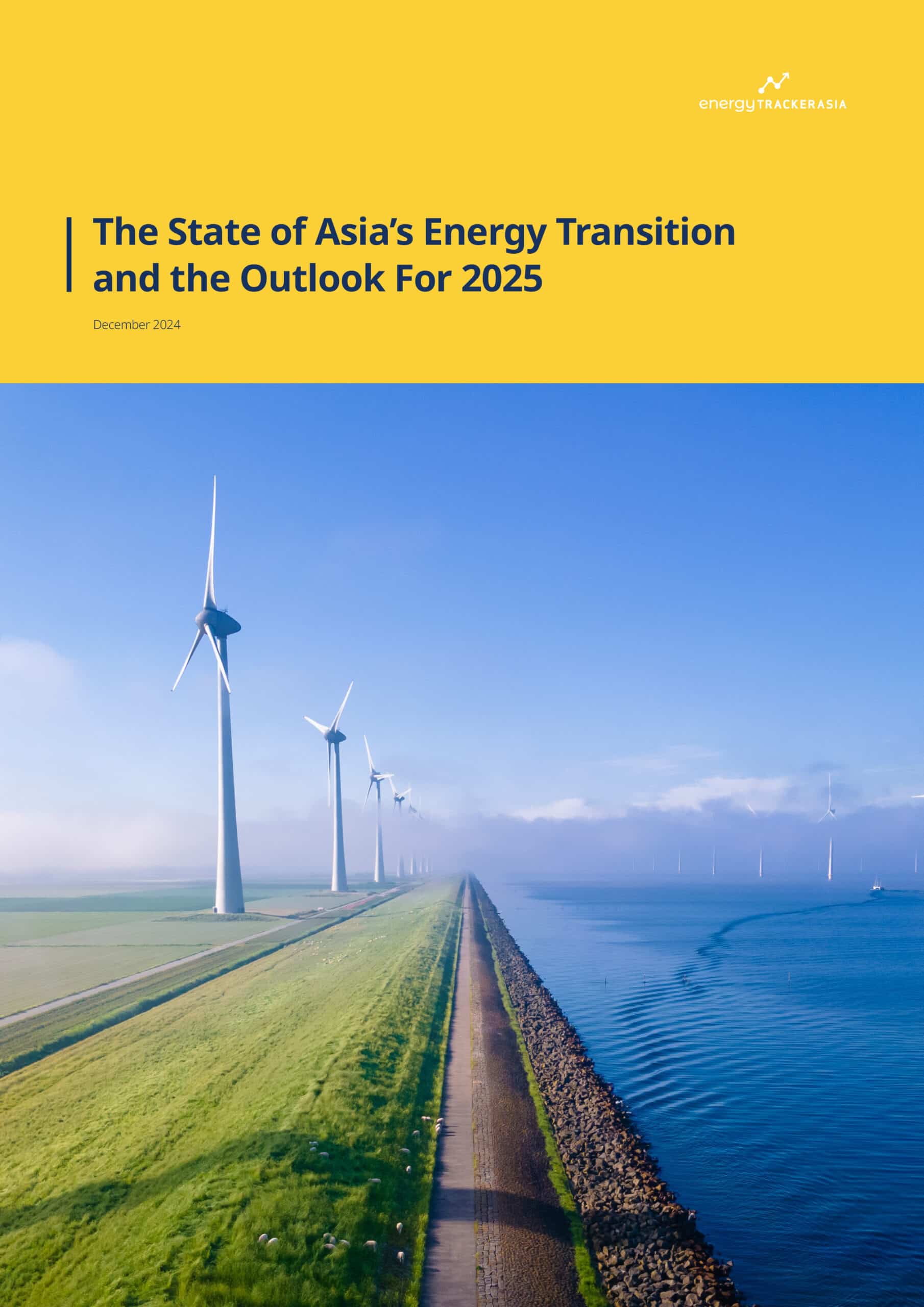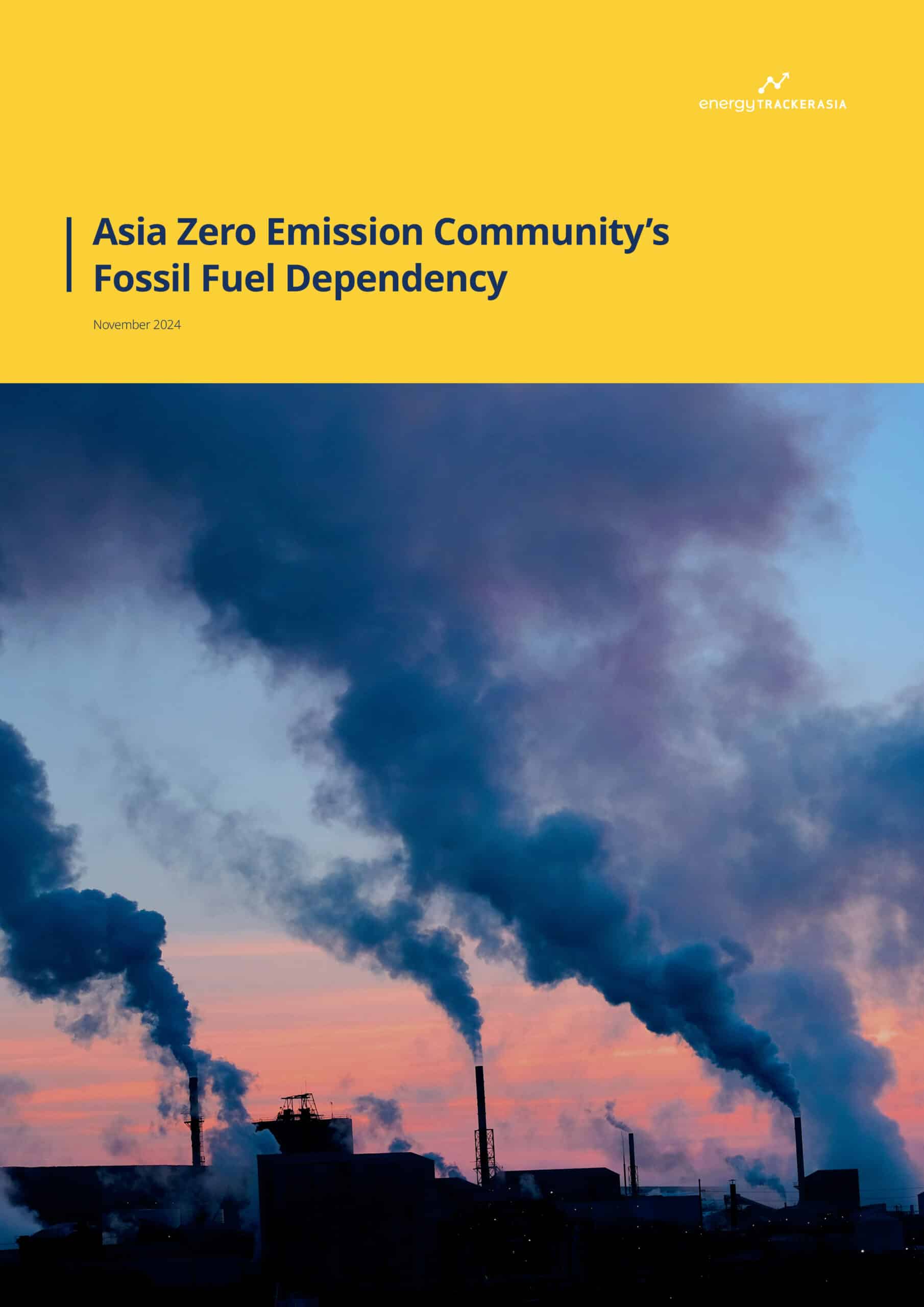AI Data Centre Development in Japan and Clean Energy Transition
Google's Data Center in Council Bluffs, Iowa, USA (Source: Wikimedia Commons)
13 August 2025 – by Walter James
“Today I call on every major tech firm to power all data centres with 100% renewables by 2030,” UN Secretary-General Antonio Guterres’ said in his recent address, coming at a crucial moment in the history of artificial intelligence.
Countries around the world are clamouring to join the AI boom. Building new and bigger data centres is one of the requisites. Securing enough stable electricity for those data centres is another.
Huge Power Consumption of AI Data Centres
The typical AI data centre consumes enough electricity to power 100,000 homes. “By 2030, data centres [globally] could consume as much electricity as all of Japan does today,” Guterres said. “This is not sustainable — unless we make it so.”
The proliferation of power-hungry data centres is a formidable challenge looming on the path to decarbonisation. If countries fail to deploy new clean energy capacity, new data centres could raise electricity prices, weaken power grid reliability and give new life to fossil fuel power plants.
Fortunately, policymakers are taking steps to make AI sustainable. In the United States, several states have passed laws to meet the energy demand from data centres with clean energy without burdening regular electricity consumers. Data centres in the EU above a certain size must report total energy usage and the share of renewables. Germany requires data centres to meet all of their energy consumption with renewables by 2027.
Japan, a country determined to capitalise on AI’s potential, is also formulating plans for balancing data centres and decarbonisation. The government’s new strategy envisions building data centres and clean energy projects in close proximity by the middle of the 2030s. If it succeeds, not only will Japan’s AI boom avoid increasing carbon emissions — it may also catalyse faster renewable energy deployment.
AI Boom in Japan
The Japanese government sees AI adoption as indispensable in stimulating economic growth and international competitiveness. On par with its decarbonisation strategy, the Green Transformation or “GX”, it refers to AI adoption and digitalisation as Digital Transformation, or ”DX”. In the future, it harbours an ambition to export AI-based services abroad.
Market projections seem to support this ambition. As of March 2024, with 219 data centres, Japan was ranked 10th in the world for the number of data centres. Its market for generative AI is expected to grow 15-fold by 2030, and the demand for AI infrastructure will almost triple by the same year. A June 2023 report by Access Partnership and GLOCOM estimates that generative AI has the potential to unlock JPY 148.7 trillion (USD 1.1 trillion) of productive capacity in Japan, equivalent to a quarter of GDP in 2022, even while the working age population shrinks.
New clean energy capacity must keep pace with this explosive AI boom. But in Japan, there are three “mismatches” between data centre proliferation and renewable energy deployment.
The first is a geographic mismatch. “Currently, data centres are being built in the Tokyo-Osaka area,” says Naoki Nishikado, head of research at the Mitsubishi Research Institute’s Centre for Policy and the Economy. According to the government’s 2025 energy white paper, roughly 90% of data centres were clustered in the regions that host Japan’s two largest cities.
Concentrations of clean energy projects are almost the opposite. Most of the large-scale renewable energy facilities and nuclear power plants are in Hokkaido and Kyushu — away from urban centres and data centre clusters. “This means that there will be a significant mismatch between areas that wish to build data centres and areas where renewable energy is supplied,” Nishikado explains.
Another mismatch is between the stable electricity source that data centres need and the intermittent electricity that renewables generate.
The difference in construction timelines is the final mismatch. In an ideal world, large renewable energy projects will be built before a data centre is constructed. But data centres are typically built in 1-2 years, while the development timelines of energy facilities range anywhere from 1-15 years (solar takes between one to four years; hydroelectric and nuclear take the longest at five to 15 years).
So, the stakes of Japan’s AI boom are high. If tech companies are allowed to build data centres willy-nilly, they’ll continue to be concentrated around Japan’s largest cities and tap into existing sources of stable power supply, which, more often than not, will mean fossil fuel plants.
The need for a well-designed policy that coordinates data centre and renewable energy development is clear.
Watt-Bit Collaboration
Japanese policymakers recognise this need. In February 2025, Prime Minister Shigeru Ishiba’s cabinet directed the Ministry of Economy, Trade and Industry (METI) and the Ministry for Internal Affairs and Communications (MIC) to craft a public-private framework for forward-looking data centre development. The ministries followed suit, convening an advisory committee, made up of academics and power and tech industry representatives, for what they called “Watt-Bit Collaboration” in March.
This isn’t Japan’s first swing at setting rules to mitigate data centres’ impact on the energy system. This year, METI mandated that data centres built after 2029 must meet an energy efficiency standard or pay a penalty fee.
But the Watt-Bit Collaboration is an effort to comprehensively address the problem of how to power data centres with stable and clean electricity. Over three meetings, the committee produced a set of policy proposals in June for the effective collaboration between policymakers and energy and tech companies.
The proposals take a phased approach. In the short term of the next two to three years, new data centres will be built around existing grid and energy infrastructure, while the government selects “welcome zones” for future data centre locations.
In the medium-term (by around 2030), large new data centres and energy projects will be co-located. Government and industry, together with prefectural and municipal stakeholders, will select regions suited for gigawatt-scale data centre clusters based on electricity infrastructure, land availability, robustness to seismic activities and other criteria.
By the latter half of the 2030s, the committee envisions a landscape of data centres that is distributed away from the urban centres, which in turn eases the burden on Japan’s power grids. Finally, the proposal includes goals to develop undersea cables that would allow data centres in Japan to be used internationally. Policymakers hope this will strengthen Japan’s global competitiveness and bolster its position as a digital powerhouse.
With More Clarity, Framework Can Be A Blessing
On the whole, the Watt-Bit Collaboration is forward-looking, prudent and promising. By recognising that the AI boom will strain the grid and jeopardise the country’s climate goals, Japanese policymakers and corporate leaders are proactively coordinating to minimise the risks.
Japan has long been criticised for its sluggish renewable energy deployment. If the Watt-Bit Collaboration strategy is implemented as planned, data centres might just be the catalyst that accelerates renewables development. Electric utilities are already shortening timelines for grid expansion projects to smooth data centre connections. This might also be good news for large-scale renewable energy developers.
On the other hand, the Watt-Bit Collaboration plan should clarify what it means by “clean energy”. In the committee’s discussion and proposal, the energy sources to be co-located with data centres are referred to as “decarbonised electricity sources”. This is the same term used in the Long-Term Decarbonisation Power Source Auction that began in 2023, which supports investments in large-scale power generation projects. Despite its name, power sources like LNG and coal-fired power plants with carbon capture and storage, as well as hydrogen and ammonia co-fired fossil fuel plants, have been selected in previous auction rounds.
If the definition of decarbonised electricity does not refer solely to renewable sources like solar and wind, the Watt-Bit Collaboration may also follow the same fate of including fossil fuels.
by Walter James
Walter James is the principal consultant at Power Japan Consulting, which offers research, writing, and consulting services related to Japan's climate and energy policies. He also writes about these topics on his Power Japan Substack. He holds a Ph.D. in Political Science from Temple University and is a former research fellow at Waseda University in Tokyo, Japan.
Read more


